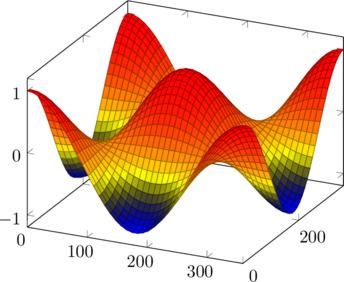LaTeX test
![]()
![]()
![]()
\begin{center}
\fbox{\textit{Have a nice day!}}
\end{center}
![]()
![]()
![]()

![]()
![]()


![Rendered by QuickLaTeX.com \[ \left( \begin{array}{c|rc|l} \\ 4x^2 & 3y^3 & = & 0 \\ x_1 & \vdots & = & \cdot \\ f_{n+3}(x) & f_{n+2} & = & \ldots \\ \end{array} \right] \]](https://pressbooks.uiowa.edu/app/uploads/quicklatex/quicklatex.com-c0588977af7c75e937d01a9e09223185_l3.png)
![Rendered by QuickLaTeX.com \[ \left[ \begin{array}{cc} 2 & 4 \\ 3 & 1 \\ \end{array}\right] + \left[ \begin{array}{cc} 1 & 0 \\ 0 & 1 \\ \end{array}\right] = \left[ \begin{array}{cc} 3 & 4 \\ 3 & 2 \\ \end{array} \right] \]](https://pressbooks.uiowa.edu/app/uploads/quicklatex/quicklatex.com-8c6900d5da7b60cfe4d4c912f809f018_l3.png)
\usepackage{exscale,relsize}
and
but

At first, we sample ![]() in the
in the ![]() (
(![]() is odd) equidistant points around
is odd) equidistant points around ![]() :
:
![]()
where ![]() is some step.
is some step.
Then we interpolate points ![]() by polynomial
by polynomial
(1) 
Its coefficients ![]() are found as a solution of system of linear equations:
are found as a solution of system of linear equations:
(2) ![]()
Here are references to existing equations: (1), (2).
Here is reference to non-existing equation (??).

Feedback/Errata